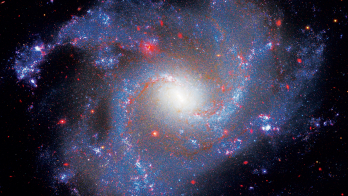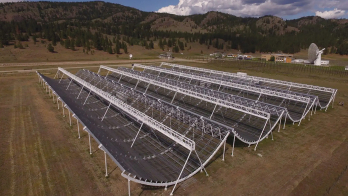by Fridolin Weber, Institute of Physics Publishing ISBN 0 7503 03328 (hbk £99/$180, 682 pages).
Pulsars were discovered by J Bell and A Hewish in 1967 and were identified as rapidly rotating neutron stars. The physics of neutron stars of which there are estimated to be about one billion in the Milky Way alone is covered, along with Strange quark matter when additional quarks come into play beyond the “up” and “down” varieties constituting normal nuclear matter. This physics is also receiving a terrestrial boost with the start of the programme at Brookhaven’s RHIC.






